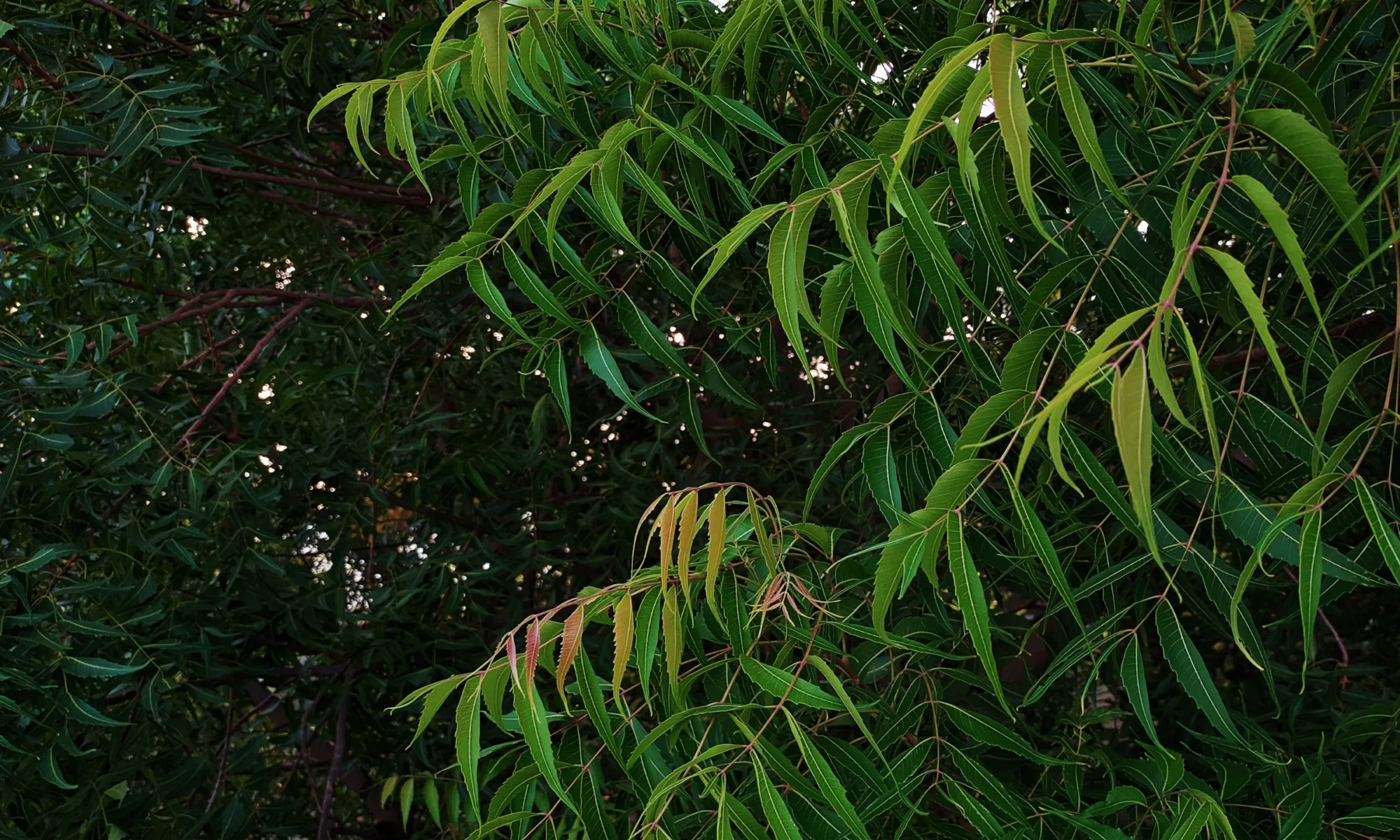Akkalkaro (Anacyclus pyrethrum DC.), also known as pellitory root, is a perennial herb traditionally used in Ayurveda and Unani medicine for its stimulating, aphrodisiac, and nerve-tonic properties. The root is particularly known for its pungent taste and its characteristic tingling and salivation-inducing effects when chewed. It belongs to the Asteraceae family and is mainly found in North Africa and parts of India.
Scientific Names
- Kingdom: Plantae
- Phylum: Angiosperms
- Class: Eudicots
- Order: Asterales
- Family: Asteraceae
- Genus: Anacyclus
- Species: Anacyclus pyrethrum DC.
Common Names
- English: Pellitory root, Spanish chamomile
- Sanskrit: Akarkara
- Hindi: Akkalkaro
- Gujarati: Akalkaro
- Tamil: Akkirakaram
- Malayalam: Akkarakaram
- Marathi: Akkalkaro
- Urdu: Aqarqarha
Traditional and Medicinal Uses
- Nervous System Tonic – Used as a nervine stimulant to improve speech defects, facial paralysis, epilepsy, and general nervous debility.
- Aphrodisiac and Reproductive Health – Considered a potent aphrodisiac in Ayurveda, Enhances libido, improves sperm quality, and is used in erectile dysfunction and premature ejaculation.
- Anti-inflammatory and Analgesic – Used in rheumatism, arthritis, and joint pain for its anti-inflammatory properties.
- Digestive Stimulant – Acts as a carminative, improving appetite and reducing abdominal discomfort.
- Alkylamides (notably pellitorine) – responsible for its tingling effect and neuro-stimulant activity.
- Sesquiterpene lactones – anti-inflammatory and analgesic activity.
- Inulin – prebiotic fiber, digestive stimulant.
- Triterpenoids – contributes to adaptogenic and antioxidant properties.
- Essential Oils – includes compounds like pyrethrin, anacyclin, and angelicin.
Phytochemical Constituents
The medicinal properties of Anacyclus pyrethrum are attributed to its diverse phytoconstituents:
References
Ayurvedic Pharmacopoeia of India (API), Part I, Vol. 2, Govt. of India, Ministry of AYUSH.
Kapoor, L.D. (1990). CRC Handbook of Ayurvedic Medicinal Plants. CRC Press.
Pandey, G.N. (2004). Dravyaguna Vigyan, Vol. 2. Chaukhamba Publications.
Singh, R., et al. (2011). “Phytochemical and pharmacological profile of Anacyclus pyrethrum (Linn.)” International Journal of Pharmaceutical Sciences and Research, 2(7), 1631-1636.
Mehrotra, N.N. & Rastogi, R.P. (2003). Compendium of Indian Medicinal Plants, Volume 5. CSIR, India.
Azwanida, N.N. (2015). “A review on the extraction methods use in medicinal plants, principle, strength and limitation.” Medicinal & Aromatic Plants, 4(3), 196.
European Medicines Agency (EMA). (2020). “Assessment report on Anacyclus pyrethrum root for traditional use.”
Nadkarni, K.M. (1976). Indian Materia Medica, Vol. I. Popular Prakashan, Mumbai.













